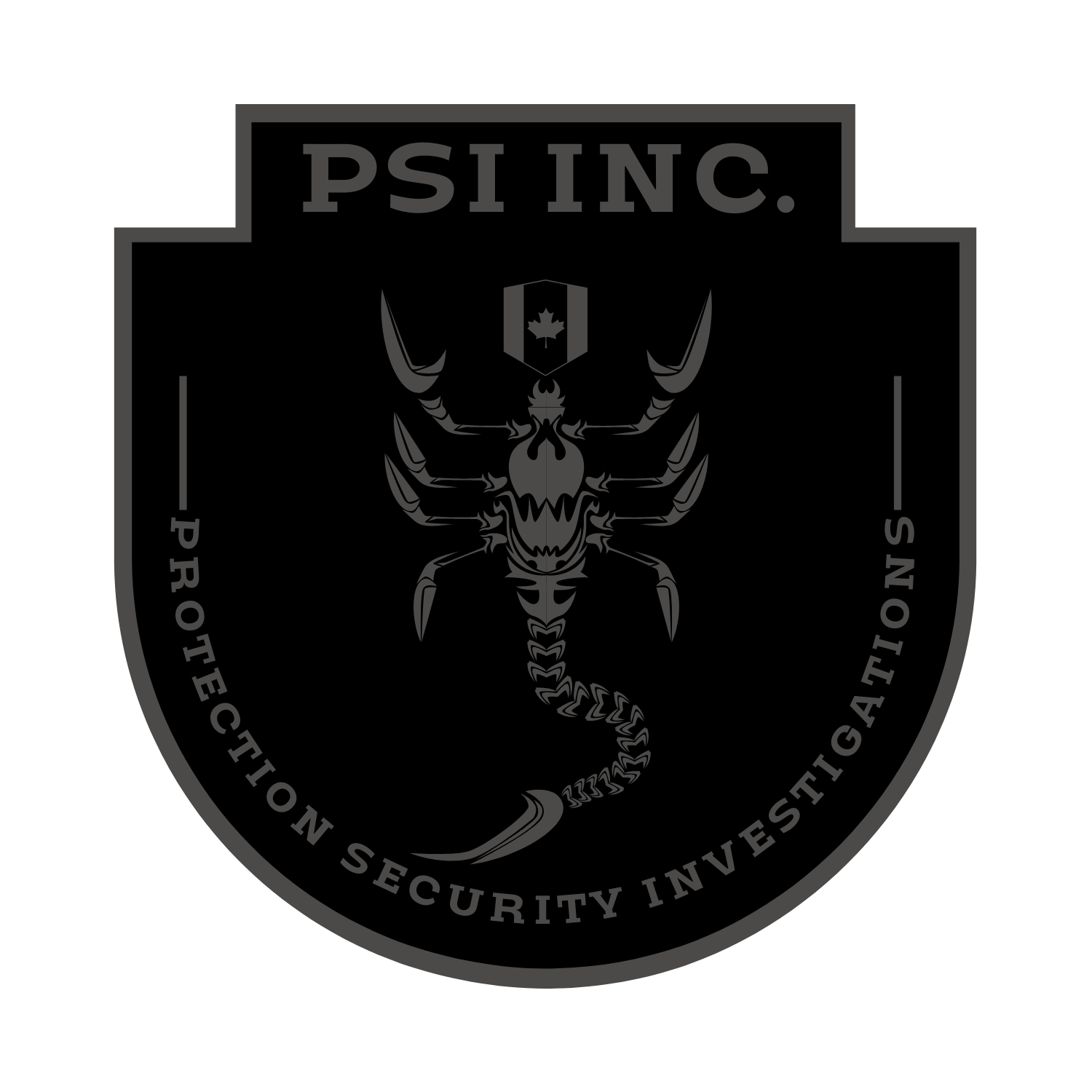The Future of Surveillance: How Technology is Transforming Home and Business Security
The Future of Surveillance: How Technology is Transforming Home and Business Security
In an era defined by rapid technological advancements, surveillance systems have evolved from simple closed-circuit television (CCTV) setups to sophisticated, intelligent networks of cameras, sensors, and data analytics. The future of surveillance is here, and it's reshaping the way we monitor and safeguard our homes and businesses. In this comprehensive guide, we'll delve into the latest trends and innovations in surveillance technology, exploring their applications and impact on security.
The Evolution of Surveillance Technology
From Analog to Digital
Traditional analog surveillance systems, comprising basic cameras and monitors, have given way to digital technologies. Digital video surveillance offers superior image quality, scalability, and remote accessibility. With the shift to IP (Internet Protocol) cameras, surveillance systems have become integral parts of the broader network infrastructure, enabling efficient data transmission and storage.
Rise of High-Resolution Imaging
One of the most significant advancements in surveillance technology is the proliferation of high-resolution imaging. High-definition (HD) and ultra-high-definition (UHD) cameras provide crystal-clear video footage, making it easier to identify individuals and objects in various lighting conditions. These cameras have become a standard choice for businesses and homeowners seeking uncompromising image quality.
Integration with Artificial Intelligence (AI)
AI-driven surveillance is a game-changer in the security industry. AI algorithms can analyze video streams in real-time, automatically detecting and alerting operators to suspicious activities. Facial recognition technology, powered by AI, enhances identity verification and tracking capabilities. AI-driven analytics are poised to reduce false alarms and enhance threat detection.
Smart Surveillance for Homes
The Connected Home
The rise of the Internet of Things (IoT) has given birth to smart surveillance systems for residential use. These systems connect cameras, sensors, and alarms to a central hub, allowing homeowners to monitor their properties remotely via smartphones or tablets. Smart doorbell cameras, for instance, provide live video feeds and two-way communication, enabling homeowners to interact with visitors even when they're away.
Privacy Concerns
As homes become smarter, privacy concerns arise. The use of AI and facial recognition in residential surveillance raises questions about data security and misuse. Striking the right balance between convenience and privacy remains a challenge as regulators and manufacturers work to establish best practices and safeguards.
User Privacy: Balancing Innovation with Ethics
It's crucial to acknowledge the thin line between advanced surveillance and potential invasion of privacy. As manufacturers innovate, they must also prioritize user consent, transparent data usage policies, and robust data encryption. Consumers are encouraged to regularly update their software, understand the terms of service, and utilize features that prioritize their privacy, ensuring that the marvels of technology don’t come at the cost of personal privacy.
AI-Powered Intrusion Detection
AI-driven surveillance in homes goes beyond traditional motion sensors. Advanced systems can differentiate between family members and potential intruders, reducing false alarms. Some can even recognize specific behaviors or sounds associated with break-ins, enhancing security while minimizing disruptions.
Surveillance Revolutionizing Business Security
Enhanced Monitoring and Insights
Businesses have adopted advanced surveillance systems to protect their assets and employees. These systems provide more than security; they offer valuable insights for operational efficiency. Heat maps, customer traffic analysis, and queue management are just a few examples of how surveillance data can be leveraged for business improvement.
Remote Access and Management
Modern surveillance solutions empower businesses with flexibility. Whether a business owner is on vacation or attending a conference abroad, they can keep a watchful eye on their operations.
For instance, a cafe owner in Paris once thwarted a potential burglary in his New York establishment by accessing real-time video feeds through his smartphone, demonstrating the power and reach of modern surveillance.
Integration with Access Control
Surveillance has seamlessly integrated with access control systems. Access control cards, biometrics, and facial recognition are used in conjunction with surveillance to enhance physical security. Unauthorized access attempts trigger alerts and initiate automated responses, bolstering security measures.
Cloud-Based Surveillance
The Advantages of Cloud Storage
Cloud-based surveillance is becoming increasingly popular due to its flexibility and scalability. Storing surveillance footage in the cloud eliminates the need for on-site servers and provides secure, off-site backups. Cloud storage also allows for easy access to historical footage and simplified management of multiple locations.
Cybersecurity Concerns
While cloud-based surveillance offers many benefits, it also raises cybersecurity concerns. Protecting surveillance data from cyber threats is paramount. Secure encryption, regular software updates, and strong access controls are essential to safeguarding cloud-stored footage.
Subscription-Based Services
Many surveillance providers now offer subscription-based services, providing access to advanced features, cloud storage, and round-the-clock support. This pricing model allows businesses and homeowners to tailor their surveillance systems to their needs and budgets.
The Future of Surveillance: Trends to Watch
5G-Powered Surveillance
The advent of 5G technology promises to revolutionize surveillance. Faster, more reliable data transmission will enable real-time streaming of high-resolution video from virtually anywhere. This is particularly valuable for applications requiring ultra-low latency, such as autonomous security drones.
Edge Computing
Edge computing involves processing data closer to the data source, reducing latency and bandwidth requirements. Surveillance systems equipped with edge computing capabilities can analyze video streams locally, enhancing real-time threat detection and response.
Sustainability and Green Surveillance
Sustainability is a growing concern in surveillance. Manufacturers are developing eco-friendly surveillance solutions with reduced energy consumption. Solar-powered cameras and environmentally friendly materials are becoming more common, aligning surveillance with sustainability goals.
Surveillance technology has evolved exponentially, reshaping the way we protect our homes and businesses.
From high-resolution imaging to AI-driven analytics and cloud-based storage, the future of surveillance is marked by innovation and efficiency. As surveillance continues to advance, it will play an increasingly vital role in ensuring safety, security, and operational excellence in various domains.
Embracing these innovations while addressing privacy and cybersecurity concerns will be key to unlocking the full potential of surveillance technology.

